Bloom Energy and Idaho National Laboratory to test use of nuclear generation to power solid-oxide electrolyzer for H2 production
Green Car Congress
MAY 19, 2021
Bloom Energy announced an agreement with Idaho National Laboratory (INL) to test the use of nuclear energy to produce clean hydrogen through Bloom Energy’s solid-oxide, high-temperature electrolyzer. This carbon-free hydrogen is obtained through electrolysis that is powered by nuclear generation.


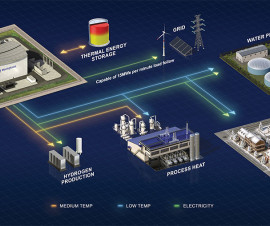
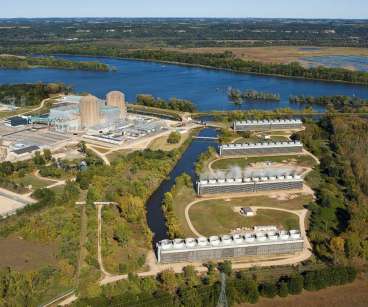

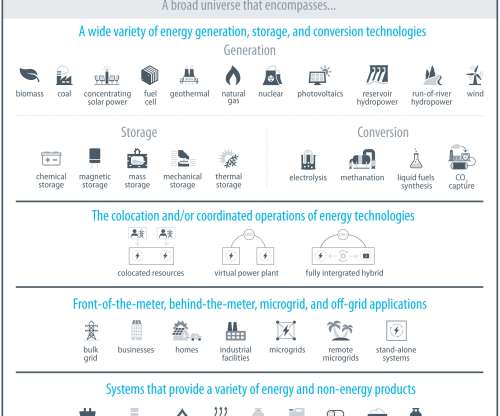
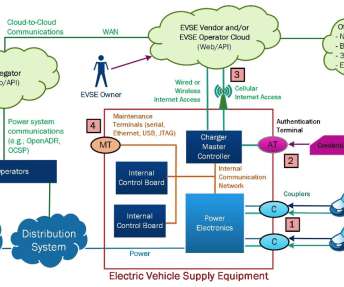
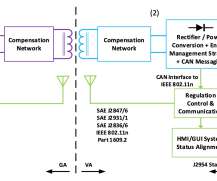





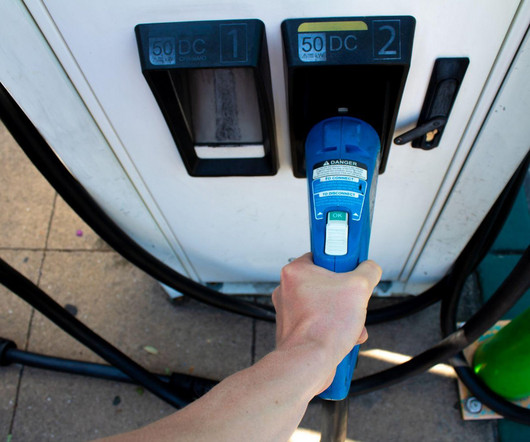

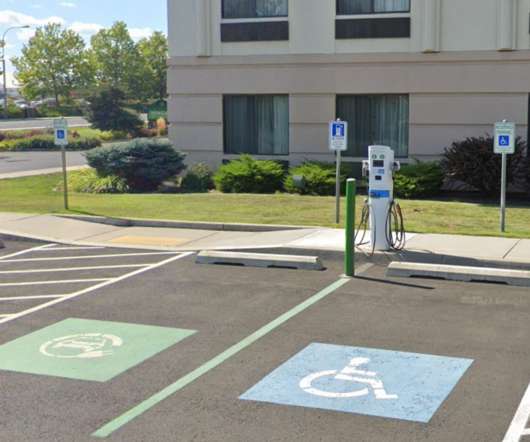

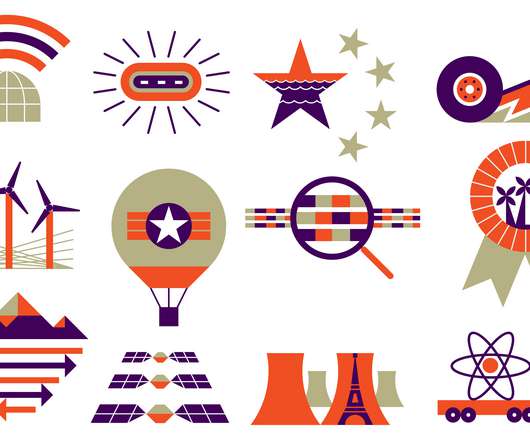




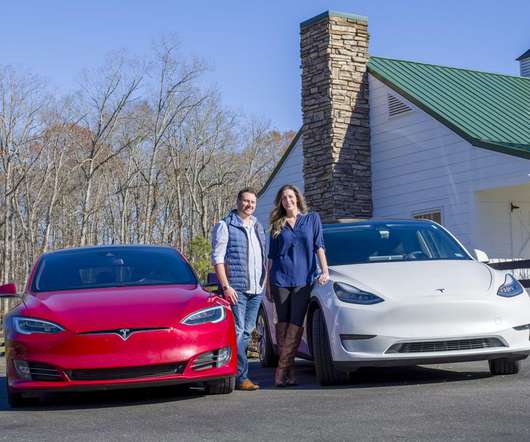






Let's personalize your content